Select an Orthopaedic Specialty and Learn More
Use our specialty filter and search function to find information about specific orthopaedic conditions, treatments, anatomy, and more, quickly and easily.
GET THE HURT! APP FOR FREE INJURY ADVICE IN MINUTES
Shoreline Orthopaedics and the HURT! app have partnered to give you virtual access to a network of orthopaedic specialists, ready to offer guidance for injuries and ongoing bone or joint problems, 24/7/365.
Browse Specialties
-
- Bone Health & Osteoporosis
- Foot & Ankle
- Fractures, Sprains & Strains
- Hand & Wrist
- Hip
- Knee
- Neck and Back (Spine)
Bone Health & Osteoporosis
One in two women and up to one in four men will break a bone in their lifetime due to osteoporosis. For women, the incidence is greater than that of heart attack, stroke and breast cancer combined. Shoreline Orthopaedics has opened the Bone Health and Osteoporosis Clinic to help patients prevent fractures and breaking of that second bone.
More Info -
- Hip
- Joint Disorders
- Joint Replacement & Revision
Hip Resurfacing
During hip resurfacing, unlike total hip replacement, the femoral head (ball) is not removed. Instead, it is left in place, where it is trimmed and capped with a smooth metal covering. In both procedures, however, the damaged bone and cartilage within the acetabulum (socket) is removed and replaced with a metal shell.
More Info -
- Arthritis
- Joint Disorders
- Knee
Knee Osteotomy
Osteotomy literally means “cutting of the bone.” When early-stage osteoarthritis has damaged just one side of the knee joint, or when malalignment of the knee causes increased stress to ligaments or cartilage, a knee osteotomy may be performed to reshape either the tibia (shinbone) or femur (thighbone) to relieve pressure on the joint.
More Info -
- Neck and Back (Spine)
- Pediatric Injuries
- Physical Medicine & Rehabilitation (PM&R)
Kyphosis (Roundback) of the Spine
The term kyphosis is used to describe the spinal curve that results in an abnormally rounded back. Although some degree of rounded curvature of the spine is normal, a kyphotic curve that is more than 50° is considered abnormal. There are several types and causes of kyphosis: postural kyphosis, Scheuermann’s kyphosis, and congenital kyphosis.
More Info -
- Fractures, Sprains & Strains
- Muscle Disorders
- Neck and Back (Spine)
Lumbar Back Strain
A lumbar strain is an injury to the tendons and/or muscles of the lower back, ranging from simple stretching injuries to partial or complete tears in the muscle/tendon combination. These tears cause inflammation in the surrounding area, resulting in painful back spasms and difficulty moving. An acute lumber strain is one that has been present for days or weeks. If it has persisted for longer than 3 months, it is considered chronic.
More Info

